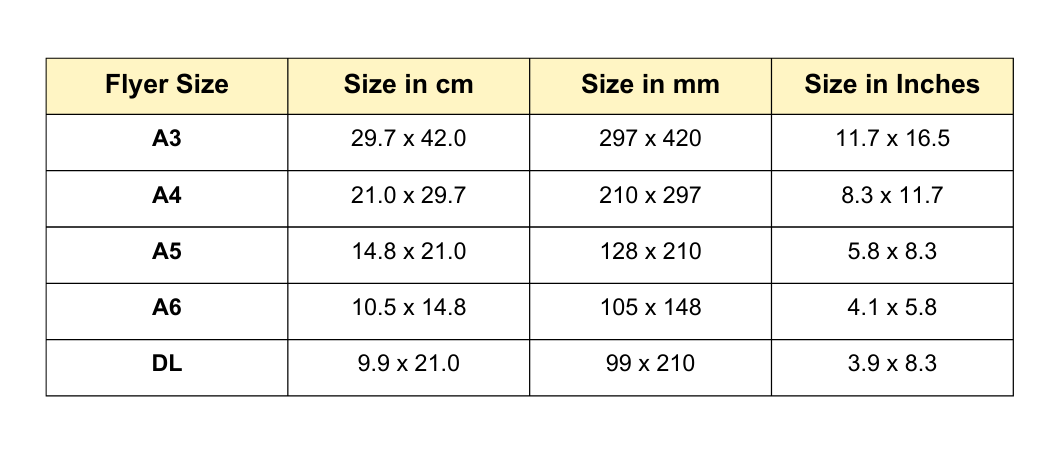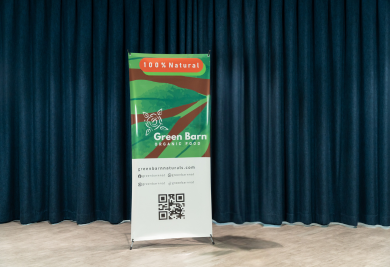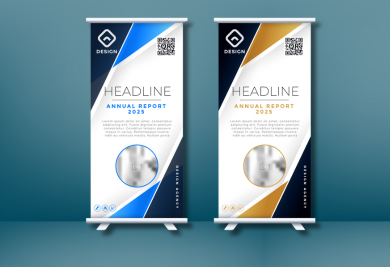Flyers are single sheet ads that are distributed across the masses as an incredibly effective (and inexpensive) form of marketing. No matter the size of your business, you can utilize flyers to introduce new products, announce price changes, special offers or events details. However, you need to pick the right type of paper, size and finish in order to get maximum results from your flyer marketing. Read on to find out how to create the ideal flyer for your business.
Paper Type:
Choosing the right paper is crucial for your flyer printing. Keep your purpose, budget, distribution method and audience in mind when selecting the paper type. Most often for large scale distribution that will be handed out to the masses, economical and lighter flyers are suitable, such as 80gsm or 100 gsm simile paper. The lower the gsm, the thinner and affordable the flyer.
1. Simile paper
Thinnest material that is similar to printer paper.
-
Best for: Large scale distribution to masses
-
Pros: Economical and light stock.
-
Cons: Uncoated and easily damaged.
2. Art paper
Coated stock that is slightly glossy and often used in magazine content pages.
-
Best for: High-impact visuals and photos.
-
Pros: Vibrant colours and glossy finish that captures attention.
-
Cons: Prone to fingerprints and available for thinner stock.
3. Art Card
Thicker material paper that is also coated.
-
Best for: Durable handouts and premium promotions
-
Pros: Sturdy and long-lasting; able to withstand handling and for long term storage
-
Cons: More expensive and heavier to distribute

Paper Size:
The size of the paper you choose will significantly affect its look and feel. And unfortunately 1 size does not fit all. Design your flyer in the printing size so it does not have any issues when it goes to print. You will also be able to check ahead if all the design elements fit on your flyers without being cut off. For example, if the flyer is for a product launch, A5 flyer size is an ideal size to distribute to your audience. Here are some common flyer sizes to take into consideration when designing or printing your flyers.

Paper Finish
The finish of your flyer adds the final touch to your design, adding to the visual and tactile experience of your audience. Not only do they provide cosmetic appeal, they are also an additional layer of protection on your flyers. Here are some popular finishes that you can select to add onto your flyer for a premium design.
1. Glossy lamination
-
Best for: Vibrant colours and images
-
Pros: Provided a glossy finish that makes your colours pop
-
Cons: Susceptible to glare and fingerprints
2. Matte lamination
-
Best for: Professional designs that are text heavy
-
Pros: Provided a matte finish that eliminates glare and gives a sophisticated look.
-
Cons: Colours may not be as striking as glossy lamination
3. Soft touch / Velvet lamination
-
Best for: Balanced content that has both images and text
-
Pros: Provided a velvety finish that is similar to matte lamination. Only difference is the texture of the material
-
Cons: Less vibrant than glossy finish but more durable
In conclusion, flyers remain an essential and cost-effective marketing tool for businesses of all sizes. By carefully selecting the basics for your flyer, you can create impactful flyers that effectively convey your message and attract your target audience. Start your flyer printing journey with Gogoprint, which has all the options you need for flyer printing in Singapore, and bring your vision to life!


















